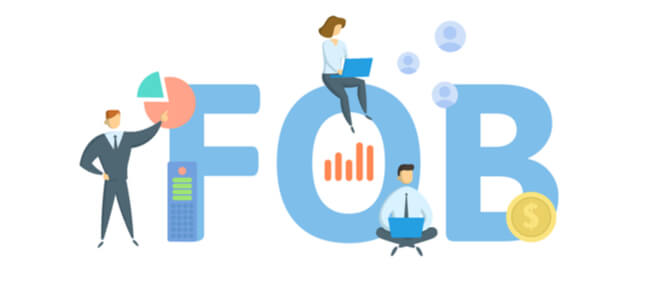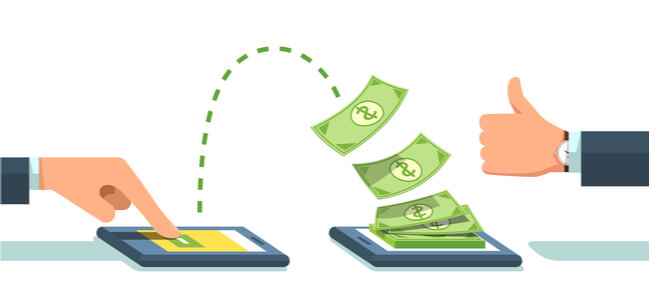7 Invoicing Terms for Business You Must Know

Invoices are vital for getting paid and an efficient billing system clears payments quickly while maintaining high customer satisfaction. However, to create a good invoice, you need to know the standard terms used for modern payments and invoices.
Knowing the right term to use in your invoice can help you cultivate a positive relationship with your client. For example, ‘quotes and estimates’ are two separate terms often used interchangeably. While a ‘quote’ is the exact cost of your product and services, ‘estimate’ is merely the expected price.
The following describes the meaning of nine commonly used invoicing terms for preventing errors and keeping your invoices organized.
Instant Payment
When you use the term ‘Immediate Payment’, ‘Payment on Receipt’ or ‘Cash on Delivery’, it means that the client or customer must pay at the time of receiving the product. Invoices with ‘immediate payment’ effective on them need to be disbursed quickly. If payment is not completed quickly, the invoice sender can repossess the goods or opt for penalties and fines.
This is a convenient term to urge your client to ready the payment within your estimated time of delivery. However, instant payment is not a very popular term with clients and customers due to liabilities that come with it. If this is your first time, learn to write an invoice right away.
Recurring Payments or Invoices
To save time when sending the same invoice month after month, you can switch to recurring invoices. It is ideal for managing ongoing purchases seamlessly. Opting for recurring billing sends the same invoice amount as specified in TOS automatically for the foreseeable future. It works like a membership or subscription plan.
Recurring invoices are ideal for clients who frequently use your services. It guarantees financial stability by helping you create probable budget forecasts. Surety of payments is another reason for using recurrent payments.
Net 7, 10, 30, 60, 90
Net is a term that denotes the total time your customer or client possesses to pay you from the date invoiced. Simply put, the number after ‘Net’ specifies the total days that the payment is due or expected by, before the buyer is charged with interest, fees, or a fine.
For example, for an invoice sent on April 11th, the payment will be due on April 21st for Net 10. You can send a short line with such an invoice to generate positive cash flow in the following format: Kindly note the payment is due in 10 days.
It is also recommended that sellers explain that the term ‘net’ means ‘days’ for all their clients, in case any are unfamiliar with the term.
2/10 Net 30
For getting paid quickly, invoice senders can specify 2/10 Net 30. This lets you offer discounts on the total invoice for clients who pay early.
Also worded as 2% 10 Net 30, it translates to 2% discount if the client pays within 10 days for a Net 30 Invoice. It is easy to customize the discounts and total number of days. For example, when a 5% discount is offered on payment within 10 days for Net 20, it can be worded as 5/10 Net 20. It is important to make a note of this for the client by specifying the discount in the invoice terms.
Payment in Advance (PIA)
When a client pays you before the scheduled date on the invoice, it is termed as PIA in the invoice. There are several businesses that pay in advance. In freelancing, PIA is especially popular. Advance payments are ideal for businesses that deal with sellers who need to acquire raw materials for completing the work.
For example, a construction contractor might ask for a percentage of the total invoice to buy raw materials before starting the building work. Another example for PIA is paying for your food before you receive it.
Line of Credit Pay
This is an invoicing term that lets your customer pay for their purchases over a period of time. The tenure could be weekly, monthly or bi-monthly, as per the choice of the seller or the buyer. Essentially, you offer a line of credit to let the customer complete payments at ease.
Line of credit pay is perfect for large companies and corporations rather than small and medium-sized businesses. This is because the seller takes a sizable risk when trusting the buyer to pay after sending the goods or services.
Invoice Factoring
If the payment terms with your clients and customers are flexible, it may be more difficult to maintain positive cash flow. In such cases, invoice factoring can help you manage your business expenses efficiently.
Invoice factoring translates to selling your outstanding invoices to a company that pays you upfront for a percentage of the invoice. The company will then be responsible for collecting payments from your clients.
Remember to read the fine print of invoice factoring companies to determine the amount charged or percentage cut from your outstanding invoices.
Conclusion
Wording your invoice with the right term is important for getting it cleared quickly. Moreover, knowing invoicing terms helps to avoid misunderstandings and resolve disputes quickly.



